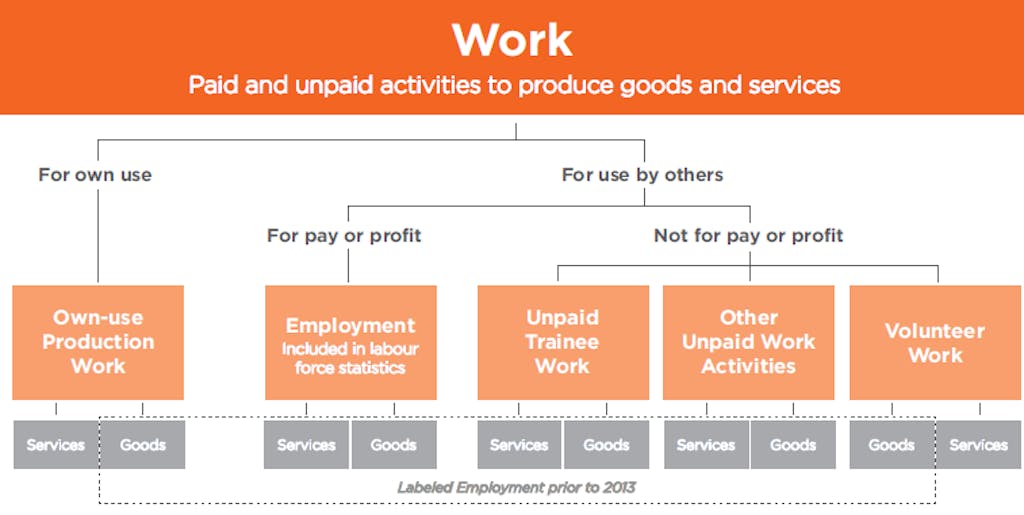If you care about women’s economic empowerment, we recommend paying close attention to the 20thInternational Conference on Labor Statisticians (ICLS). The 20thICLS kicks off this week in Geneva, Switzerland, and will run from October 10-19, bringing together 350 labor statisticians, policymakers, and researchers.
To better understand why this gathering is so critical for women and their economic lives, we sat down with Emily Courey Pryor, Executive Director of Data2X– an alliance housed at the UN Foundation, dedicated to improving the quality, availability, and use of gender data.
What is ICLS and why does it matter?
Emily Courey Pryor: The International Conference on Labour Statisticians(ICLS) is a gathering convened by the International Labour Organization (ILO) that has taken place every five years since 1923. While ICLS is indeed a highly technical meeting (and thus it’s common to think it may not have a direct effect on people’s lives), its work has deep implications for all people, but especially for women and girls who can be disproportionately affected by the labor standards set in place at the conference.
Updating labor standards at ICLS—particularly definitions of work and employment—sheds light on the needs and desires of those in the labor market, arming policymakers with the data they need to make better decisions for everyone.
How do definitions of work and employment have implications for women’s economic empowerment?
ECP: In labor statistics, ‘work status’ has historically been classified in one of three ways: people were employed, unemployed, or inactive. But in 2013 at the 19thICLS, something important happened: attendees agreed that this division was too simplistic and out of touch with the world of work in the 21stcentury, and set out a new way to define work and employment.
The end goal was that by making this change, labor statistics can better capture the diverse ways that people contribute to their economies and societies. The revised definition now classifies work status into five activities, shown below.

This change makes it possible to measure paid and unpaid work and recognizes that many individuals perform multiple roles, often simultaneously. Who typically takes on the lion’s share of unpaid work? Women. Who frequently juggles multiple tasks, often simultaneously? Women. (Does anyone reading this see yourselves, your partners, your colleagues in this description?) This is why these definitions of work and employment and their resulting policy implications have a huge effect on women—even though they were conceived to address all people in a gender-neutral fashion.
These new definitions also allow us to measure labor underutilization across the market – which impacts everyone, but can have an outsized impact on women who typically have a greater unmet need for employment.
Thanks to the work of the ICLS to change these definitions, policymakers have a better toolkit for gathering data about their full labor force. If policymakers then use this information, they can really shed light on the economic experiences of women in their country and enact policies that alleviate work burdens and make it possible for women and girls to participate more formally in the economy.
We know that this can be confusing, so we put together this short video to explain!
What should we keep an eye out for at the 20th ICLS?
ECP: We are expecting to see a strong focus on gender at this year’s ICLS, including 1) better recognition of widespread gender inequalities in the labor market; and 2) stronger commitments by the statistical community and policymakers to close gender employment gaps for good.
It’s important for everyone working on women’s economic empowerment and gender equality to recognize the critical role that statistics – and gatherings like ICLS – have on achieving these goals. We cannot improve the economic wellbeing of women and girls if we don’t have data to pinpoint and guide policy action on gender disparities within the world’s labor markets. A gathering of labor statisticians is a great place to begin diagnosing the problems and testing solutions!



 View All Blog Posts
View All Blog Posts


